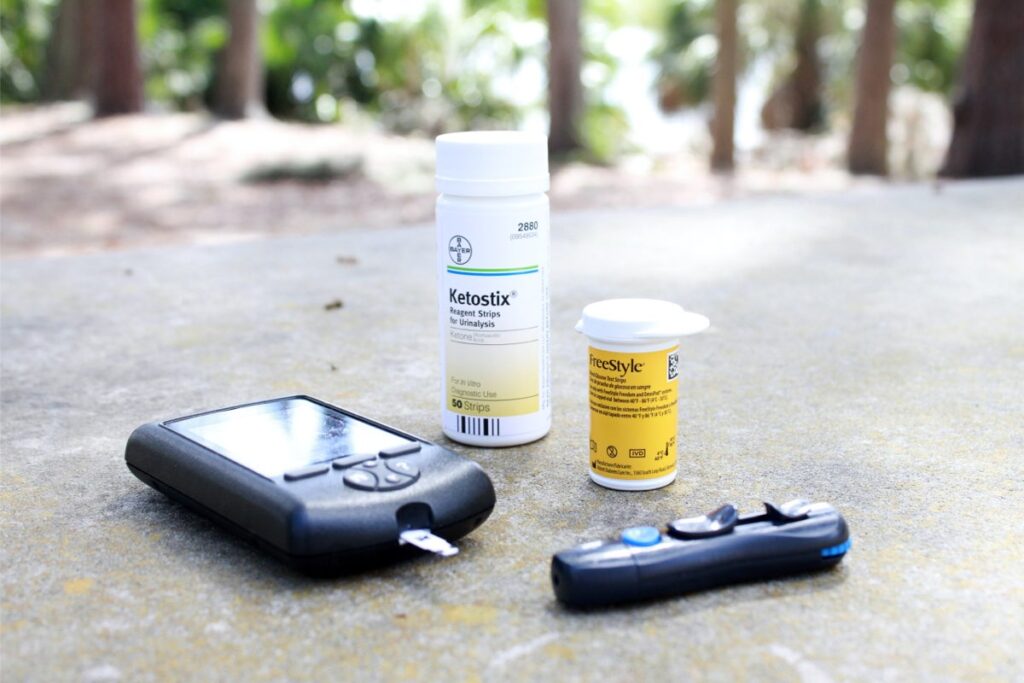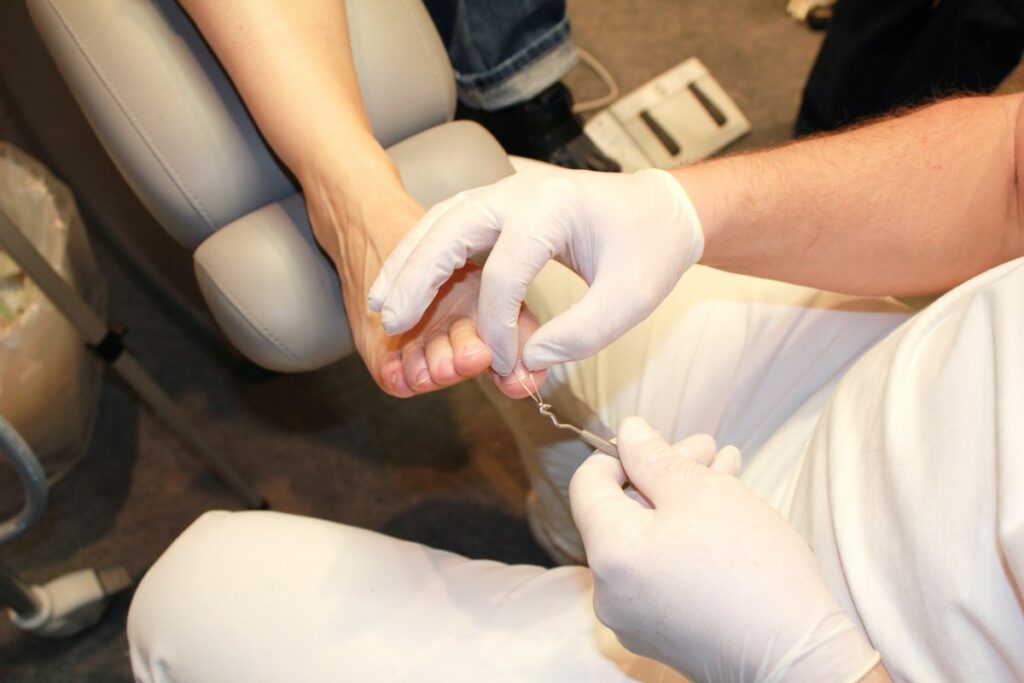Diabetes, Podiatry and What You Need to Know About Diabetic Neuropathy
According to the CDC’s National Diabetes Statistics Report, 2020, 34.2 million Americans have diabetes. That’s more than one in 10 people in the US. What’s more, 88 million American adults – approximately one in three – have prediabetes and both type 1 and type 2 diabetes have significantly increased in American youth.
As the rate of diabetes continues to rise in our country, more and more people are affected by the diabetes complications every year.
Type 1 vs Type 2 Diabetes
Type 1 diabetes affects people of all ages, races, shapes and sizes. Previously called juvenile diabetes, this chronic condition usually appears during childhood or adolescence. While there are a variety of factors that may contribute to type 1 diabetes – such as viruses and genetics – there is no known cure.
In type 1 diabetes, a person’s pancreas produces either no insulin or too little insulin to regulate his or her blood sugar levels.
Once known as adult-onset diabetes, type 2 diabetes is now commonly seen in children, as well as adults. Type 2 diabetes occurs when a person’s body is no longer able to properly metabolize sugar because it either resists the regulatory effects of insulin or doesn’t produce enough insulin to maintain proper blood sugar levels.
Unlike type 1 diabetes, type 2 diabetes can sometimes be managed through losing weight, a healthy diet and regular exercise – without medications or insulin therapy. For some, diet and exercise are not enough to reverse type 2 diabetes and medical therapies are necessary.
What causes diabetics to lose their feet?
When it comes to diabetes, many people fear foot amputation. Both type 1 and type 2 diabetes can cause a number of complications, including heart and blood vessel disease, kidney damage, eye damage, hearing impairment, sleep apnea, slow healing, skin conditions and nerve damage.
Those last three complications – slow healing, skin conditions and nerve damage – can lead to conditions that require foot amputation.
Peripheral Neuropathy: Nerve Damage in Diabetic Feet
High blood sugar and regular spikes in glucose levels can cause damage to nerves, also known as neuropathy, throughout the body. Diabetic peripheral neuropathy is nerve damage that occurs in the legs and feet of people with diabetes.
According to a study published by the NIH, “Diabetic peripheral neuropathy eventually affects nearly 50% of adults with diabetes during their lifetime, and is associated with substantial morbidity including pain, foot ulcers, and lower limb amputation.”
Since diabetic peripheral neuropathy is so common for adults with diabetes, it is very important for diabetics to see a podiatrist for regular foot health check-ups. Podiatrists are trained to identify and address your diabetic foot health risks, assess any peripheral neuropathy damage in your feet and devise a treatment plan to maintain your foot health.
Early Signs of Diabetic Feet
As it is the most common type of diabetic neuropathy, it’s important to know the signs of peripheral neuropathy – which are often worse at night.
- Tingling pain in feet
- Sharp pains or cramps in feet
- Numbness and/or reduced ability to feel pain or changes in temperature
- Increased sensitivity to touch, which can be severe
Common Diabetic Neuropathy Complications
Complications of diabetic neuropathy are all too common. If you experience any of these complications, you should see a foot specialist immediately.
- Sores and slow-healing wounds
- Foot ulcers
- Infections
- Nerve damage
- Charcot foot
- Amputation
Podiatry and Treatment for Diabetic Neuropathy
While there are some medications your physician may recommend to help manage your diabetic peripheral neuropathy, seeing a podiatrist regularly and following diabetic foot care guidelines can help prevent many of the complications associated with diabetic neuropathy in your feet.
Keep your feet clean and dry.
Wash your feet daily with mild soap and lukewarm water, making sure not to soak your feet and to dry your feet very carefully – especially between your toes.
Moisturize. Moisturize. Moisturize.
Dry, cracked feet can lead to infection. Keep your feet moisturized with mild lotion but be sure not to lotion between your toes to avoid any fungal growth.
Wear clean, dry socks and/or diabetic socks.
Always wear socks that are moisture-wicking, seamless and antimicrobial with non-elastic binding. Specially-designed diabetic socks help keep feet dry, increase circulation and can help prevent injury. Important note: compression socks are NOT diabetic socks and can accelerate nerve damage due to decreased blood flow in your feet.
Wear cushioned, well-fitting shoes.
Always wear properly-fitting shoes or slippers that allow your toes to move. Your podiatrist can help you find the right shoes to help you avoid shoe-related issues.
If you have any questions for our foot specialist about diabetes and your feet, please do not hesitate to contact us.



2 Comments
Permalink
Hello.
I’ve had pain alot, caused by splitting feet. The bottoms feel like wax paper. I lost 1 nail, and,have the inside of ankle, left side, is numb. Alot. Ive had occasions of toe fungus. What can I do?
Permalink
DeLaura,
You need to see a podiatrist or orthopedic foot and ankle specialist. You can reach our office @ 435-615-8822.